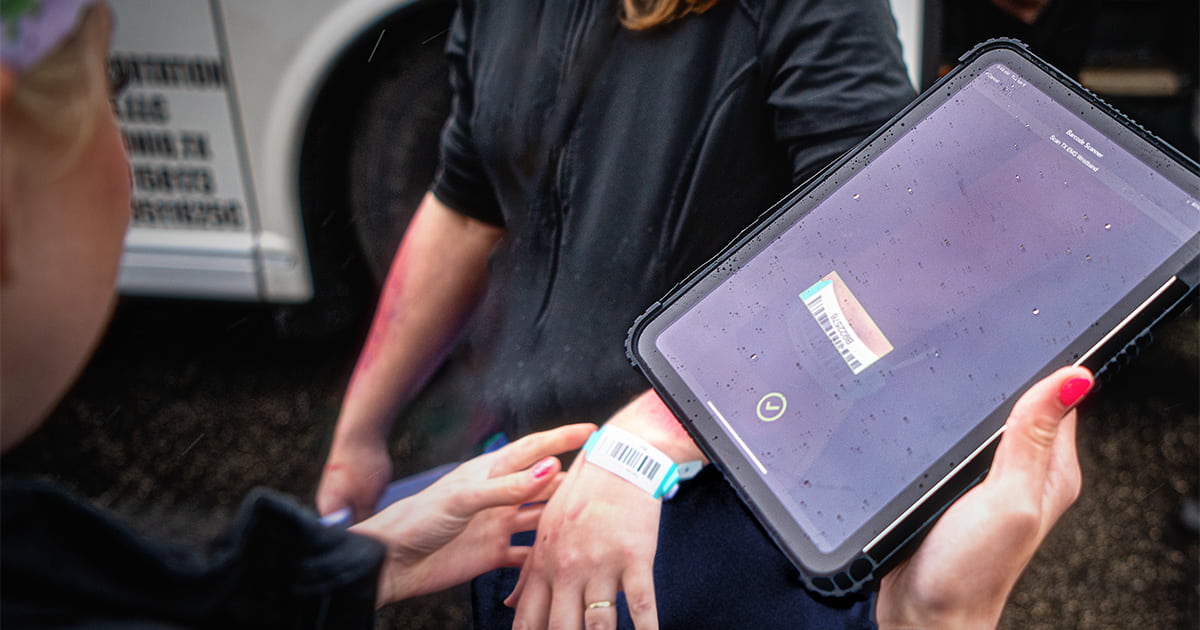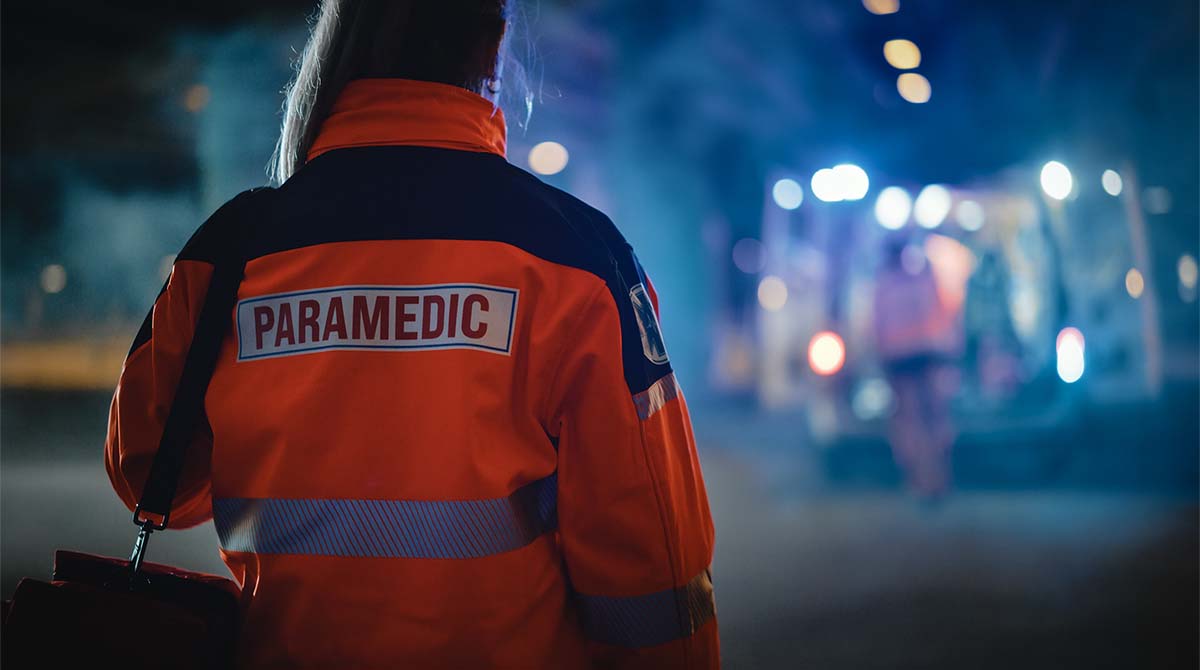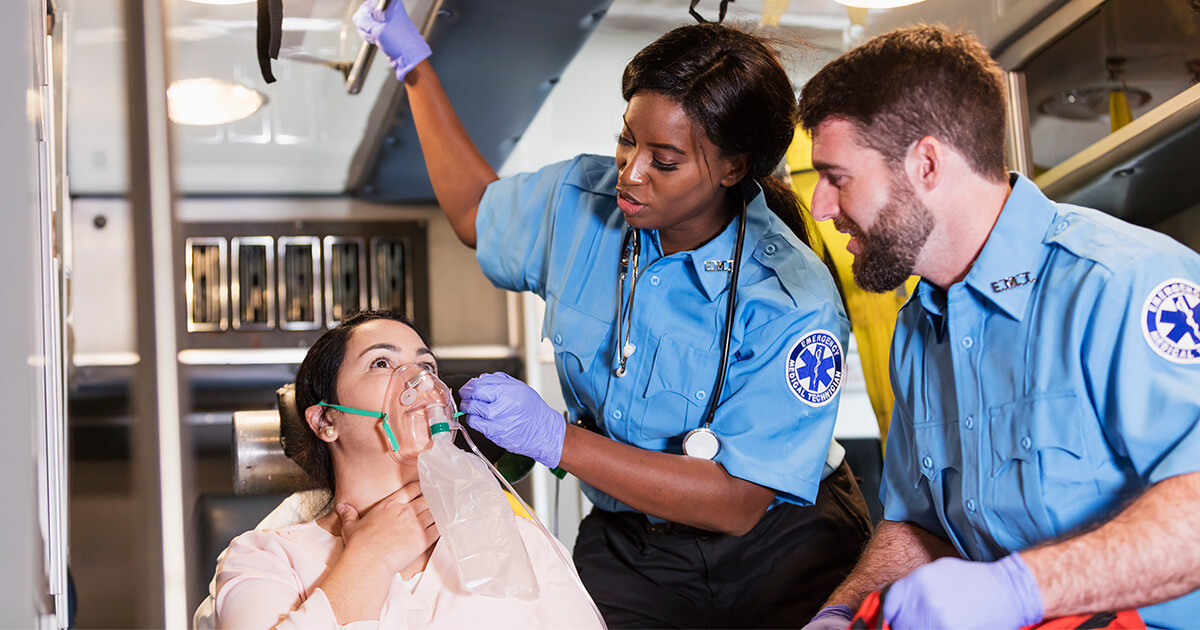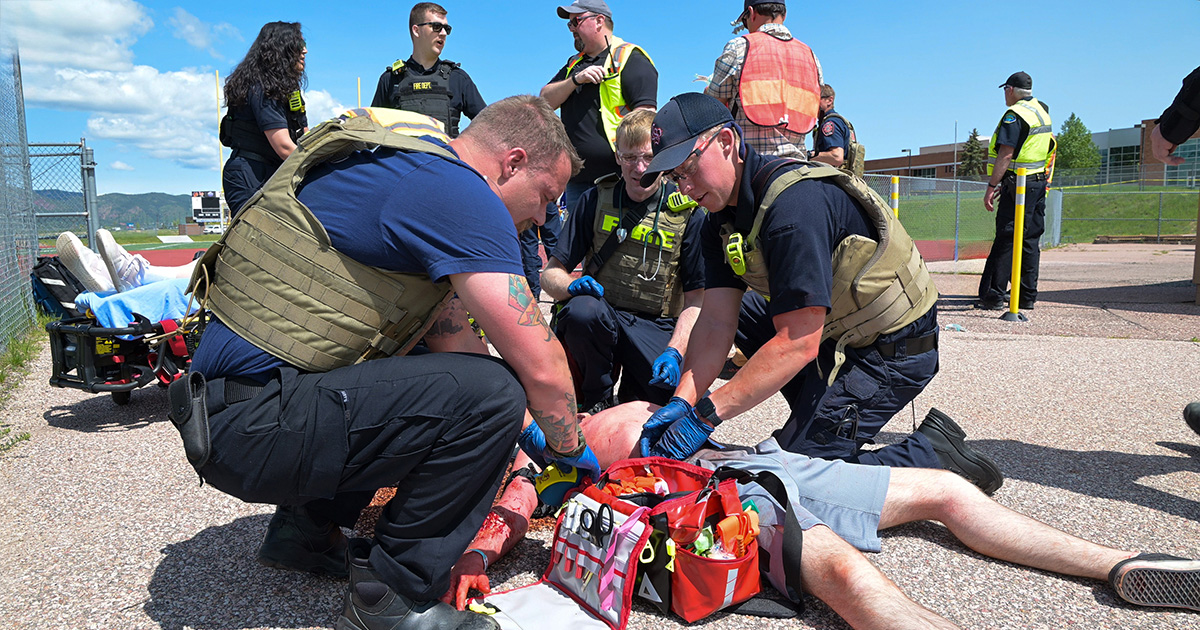6 min read
Everyday Use of Pulsara Helps Prepare Personnel for the ‘Big One’
EDITOR'S NOTE: This article originally appeared on EMS1.com under the title "Everyday use of this care platform helps prepare personnel for the 'big one.'" Special thanks to our guest author, John...






